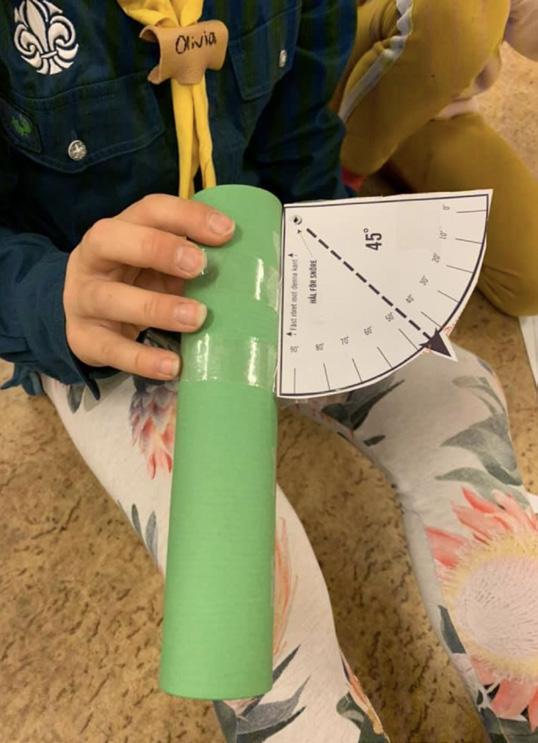FACTBOX 1 Magnitude – What is it? When astronomers want to describe how bright a star is, they use the term magnitude. The concept of magnitude was already introduced prior to the Middle Ages when visible stars were divided into Image 8: Illustration of the Greek astronomer 6 different categories of size, Hipparchus observing the sky from Alexandria. He introduced the magnitude scale (Woodcut from 1876) magnitudes. The brightest stars were called �First class stars�, or magnitude 1, while fainter stars had a higher magnitude, with the faintest having a magnitude of 6. The magnitude scale was redefined in the 19th century, when more accurate measurements of brightness could be made. So now a star of magnitude 0 is 100 times brighter than a star of magnitude 5. The limit of what you can see with the naked eye under the best conditions (the limiting magnitude) is around 6.5. The magnitude scale therefore works in reverse - a higher figure means that the star is fainter, while the brightest stars have a negative magnitude ( - ). Sirius has the magnitude -1.5. The North Star varies between magnitude 1.86 and 2.13.
IMPLEMENTATION After testing the method with a few school classes during the autumn of 2018 and receiving useful feedback and suggestions from teachers and pupils, the Star-Spotting Experiment was launched in February 2019. In order to be able to compare the observations made around the country, it was important that everyone did it in the same way. In all research, it is important to carefully plan how the data is collected. The challenge in the Star-Spotting Experiment was to make the observation process as simple as possible (so that as many people as possible could participate), while ensuring that the observations were carefully undertaken. This was achieved by having detailed instructions.
10









